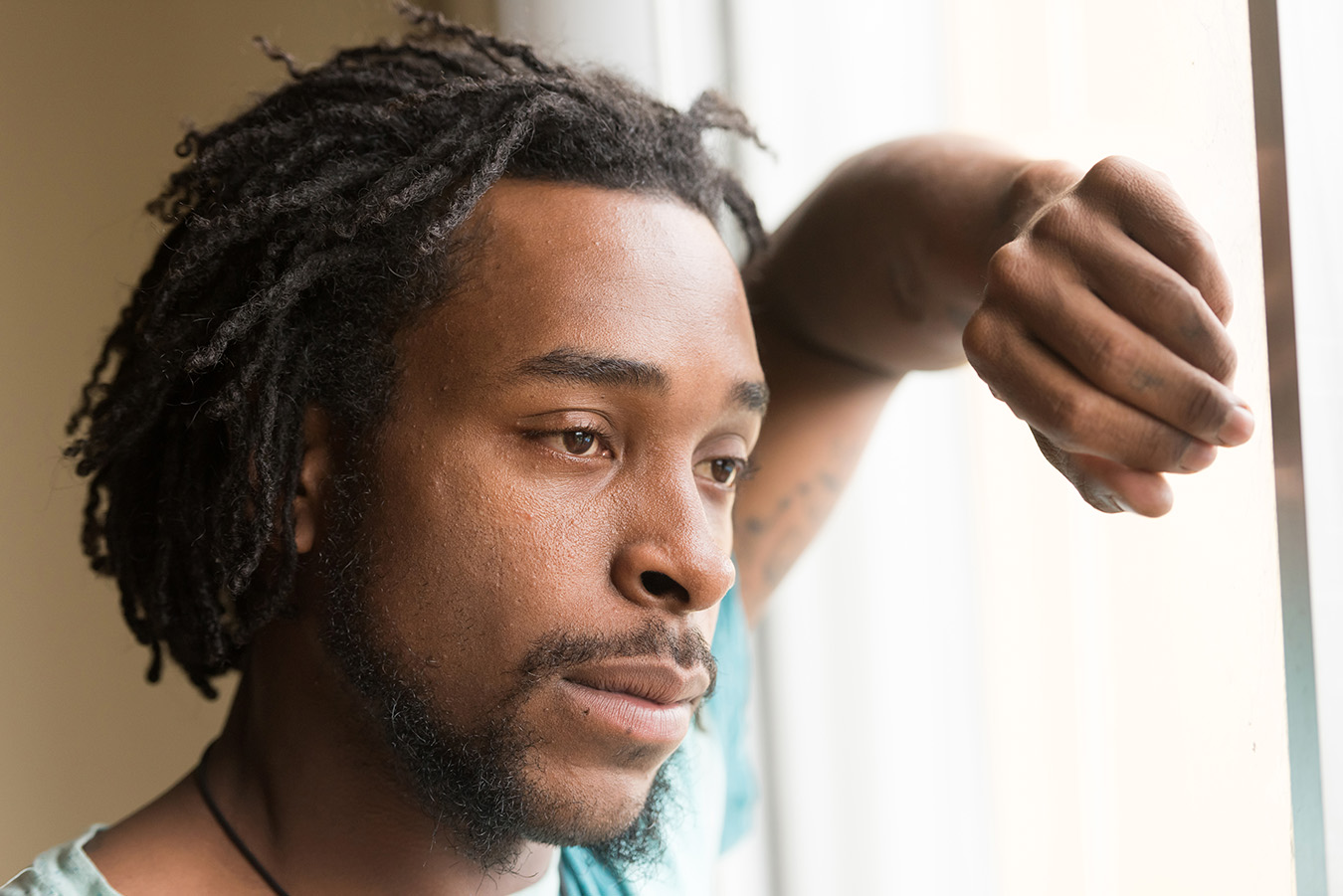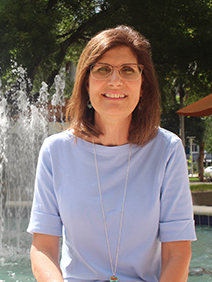HIV Rates are Decreasing, But Miami is Still Hard Hit

Four decades after the first cases of HIV alarmed a nation, the prevalence of this immune system-attacking virus has gone down more than 70%. A diagnosis is no longer the death sentence it once was, and we now have more than 1.2 million people living with the disease.
However, those medical achievements have not been spread equally among all racial and ethnic groups — or even around geographic areas. Black and Latino communities continue to see a disproportionate amount of new infections and death, often bucking the downward trend scientists and advocates have so valiantly fought for over the years.
African Americans, for example, have the highest rate of HIV diagnoses, with a rate of 45 new cases per 100,000 people in the community.
That’s about eight times higher than whites. Those numbers are echoed among Latinos, who claim a new incidence rate four times higher than their white counterparts.
“In these communities, it continues to be a pandemic,” says Hansel Tookes, M.D., M.P.H., an expert in public health and infectious diseases at the University of Miami Health System. “It’s really the first pandemic of our lifetime.”
Black people shoulder the HIV burden in other ways, too. They account for about 40% of the people living with the virus, more than any other racial group. And they also comprise nearly half of deaths among those with HIV diagnosis in 2019. In fact, African Americans and communities of African descent have maintained the highest age-adjust death rate from this disease throughout the years.
As for Latinos, men were twice as likely as non-Hispanic white men to die of HIV infection, while women were three times as likely to die as non-Hispanic white women.
Mami-Dade is an especially hard-hit county.
Miami has the dubious distinction of topping the list of new infections per 100,000 people. Florida placed third in new infections per capita, behind the District of Columbia and Georgia. As for total new HIV diagnoses, the state claimed the number one spot, with 4,387 cases. Only California (with 4,354) and Texas (with 4,302) came close.
Why?
“The answers are complex,” says Dr. Tookes, who has devoted his career to fighting the virus and bringing treatment to affected communities. “It’s very challenging to come up with just one answer.”
Florida is not so different than its southern neighbors, he adds. The South accounted for more than half of HIV diagnoses in 2019, which underscores the many factors that influence not just new cases but also death rates. Poverty, access to healthcare, and the vestiges of structural racism continue to affect minority communities unevenly.
“In many cases, our patients have bigger priorities, like simply surviving,” Dr. Tookes says.
He recounts that as a new doctor, he met a patient who wasn’t keeping up with her treatment because she was expected to take her medications with food. She didn’t have money to buy provisions.
What’s more, HIV/AIDS link to homosexuality continues to create a “profound stigma” among these ethnic and racial groups, particularly among recent immigrants. This unfounded shame often serves as a roadblock to testing and treatments.
“When we have patients hospitalized, they are disproportionately black or brown immigrants,” Dr. Tookes says.
What’s more, in Miami-Dade, “we have a high rate of substance abuse and a vibrant gay community which plays an outsized role” in cases. Even so, Dr. Tookes says that the standard of testing and care for HIV patients has improved substantially over the years.
While mortality rates rose through the 1980s, peaking in 1995, deaths have dropped by more than 80% since then. Such positive news can be credited to the use of antiretroviral therapy – or ART. But even this life-saving treatment has met roadblocks. The CDC estimates that about 87% of all HIV cases are diagnosed, but only 66% receive medical care.
“It used to be very difficult to enter care,” Dr. Tookes says, “but that’s no longer the case.”
“You can start right there at the clinic, as soon as you’re diagnosed.”
Nevertheless, fewer minorities receive treatment. He notes that among Black and Latino patients, even being spotted in a clinic can be an obstacle. “There’s a lot of fear of disclosure. They don’t want others to know.”
UHealth physicians, however, are leaders in reaching — and treating — these communities. As a medical student at the Miller School of Medicine, Dr. Tookes lobbied the Florida legislature to pass a law to allow drug users to exchange used needles for clean ones. It was one way to combat HIV transmission among at-risk groups. The program, known as the IDEA (Infectious Disease Elimination Act) Exchange, was launched in 2016. These days, people who have been diagnosed with HIV through the needle exchange program can receive treatment at the clinic, at the mobile unit, or at home.
“With HIV, it’s never too late to start treatment,” he says.
“Even when they present at a later stage, we can help them. They can get better.”
More recently, Dr. Tookes received a $2.3 million, four-year Avenir Award. The grant from the National Institute on Drug Abuse will support his innovative research project, “Tele-Harm Reduction for Rapid Initiation of Antiretrovirals in People Who Inject Drugs: A Randomized Controlled Trial.” This randomized study will involve sites in Miami and Tampa and “could change the standard of care for people who inject drugs,” a marginalized population.
Dr. Tookes also points to the work of his colleagues, Allan E. Rodriguez, M.D., professor of clinical medicine in the Division of Infectious Diseases, and Susanne Doblecki-Lewis, M.D., associate professor of clinical medicine and clinical director of infectious diseases. Dr. Rodriguez focuses on a “Test and Treat” project that provides rapid HIV testing to those potentially exposed to the virus, followed by immediate treatment if they test positive. Dr. Doblecki-Lewis has partnered with Sylvester Comprehensive Cancer Center’s mobile “Game Changer” clinic vans to bring HIV education, testing, and treatment services to people at “hot spots” around the county.
“The Miller faculty are radically changing the way we approach HIV testing and treatment,” Dr. Tookes says. “It’s not just in the city but in the state, in the country.”
Ana Veciana-Suarez, Guest Columnist

Ana is a regular contributor to the University of Miami Health System. She is a renowned journalist and author who has worked at The Miami Herald, The Miami News, and The Palm Beach Post. Visit her website at anavecianasuarez.com or follow @AnaVeciana on Twitter.
Tags: AIDS, disease transmission, Dr. Allan E. Rodriguez, Dr. Hansel Tookes, Dr. Susanne Doblecki-Lewis, HIV, infectious disease
